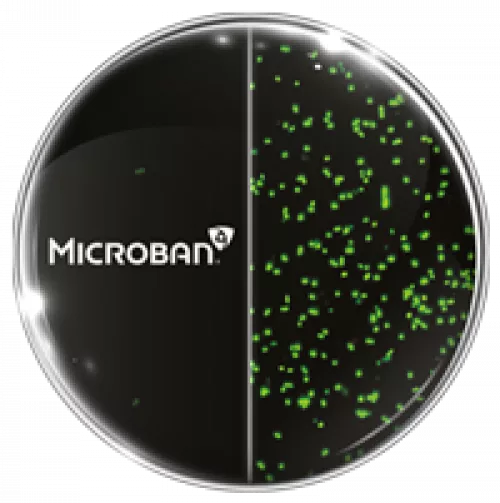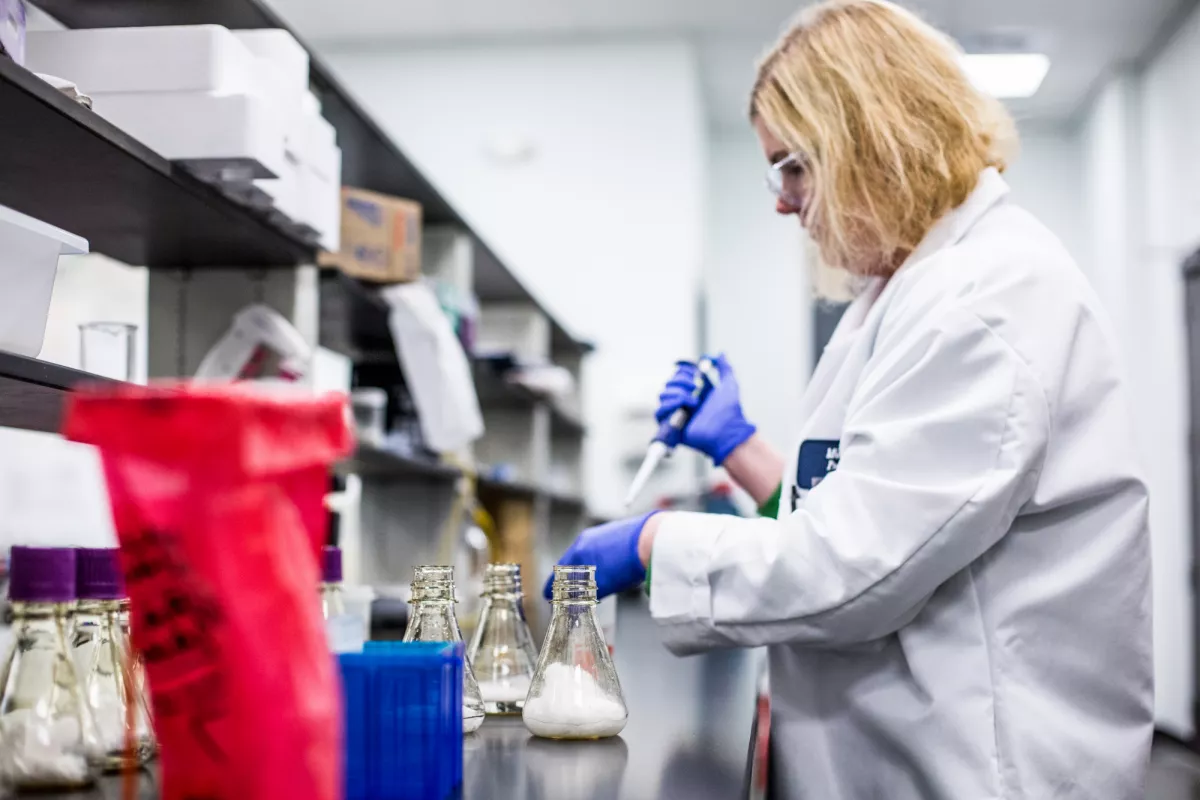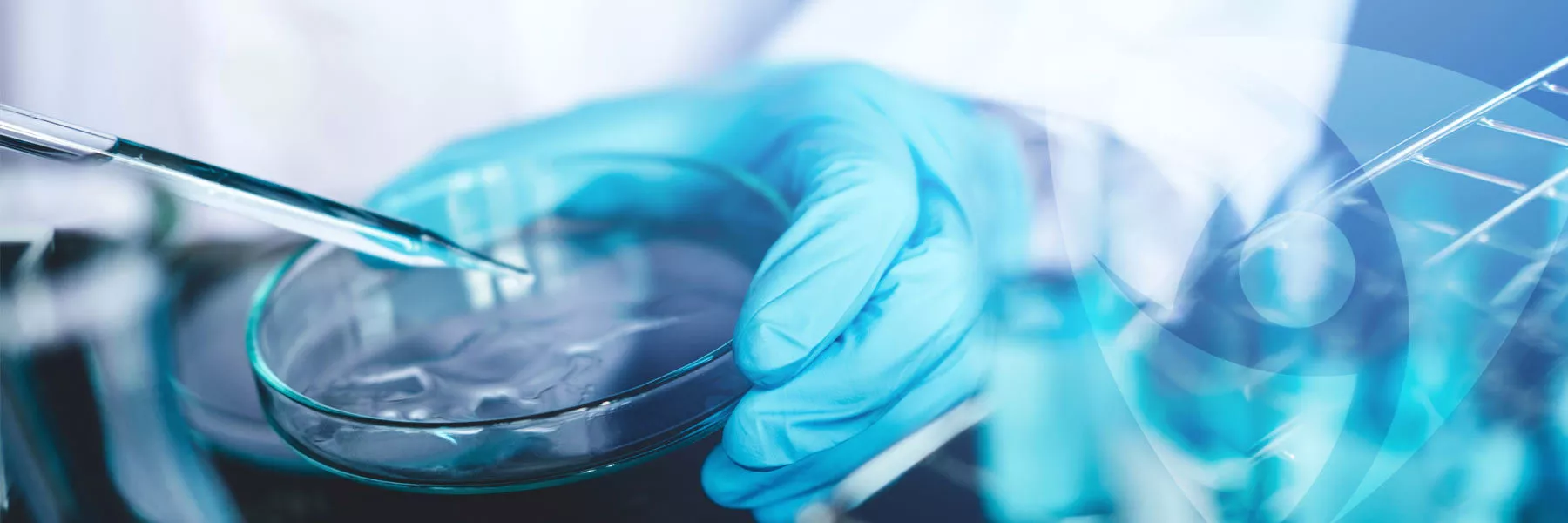Is Silver Antimicrobial?
Silver is a well-documented, broad-spectrum antibacterial additive providing strong protection against bacterial growth. The use of silver for its antibacterial properties has a long history:
- 5,000 to 300 BC – Persians and Greeks used silver containers to store drinking water.
- 1300 BC – Phoenicians lined clay vessels with silver to preserve liquids.
- 400 BC – Hippocrates first described silver’s antimicrobial properties.
- 500 to 1,400 AD – silver cutlery and dinnerware used by wealthy Europeans may have helped favor their survival during the bubonic plagues.
- 1880s – Americans traveling west added silver coins to water barrels, and silver nitrate solutions were used to treat eye infections in newborns (which was still common until the 1970s).
- 1960s – silver solutions were used to treat burn injuries, with an apparent reduction in mortality rates.
Fast forward to modern life, and keeping surfaces clean can be a constant battle. Disinfectants help with sanitization, but they cannot provide long-lasting protection against bacterial growth. For this reason, silver-based technologies are now used in an assortment of manufactured goods, from food contact surfaces, socks, deodorants, and medical equipment to textiles, polymers, and coatings on a wide array of products! However, in order to know which products can benefit from antibacterial protection offered by silver additives, it is first necessary to understand how silver helps to prevent bacterial growth.

How Does Antimicrobial Silver Technology Work?
When a bacterium comes in contact with silver-based active ingredients, vital life processes – such as metabolism – are disrupted, inhibiting reproduction and increasing mortality. Over time, microbial activity is greatly reduced, and further bacterial colonization is hindered. The secret to this powerful antibacterial activity is found within positively charged silver ions,1,2 which target bacterial cells through several different modes of action:
- They become incorporated into bacterial cell membranes – binding to and disrupting proteins which transport molecules into and out of the organism.
- Once transported into cells, they also prevent cellular division by separating paired strands of bacterial DNA, inhibiting protein-DNA binding3.
- They also stop bacterial respiratory systems, inhibiting cellular energy production. This causes the bacterial cell membrane to burst, destroying the bacterium.1,4

Microban SilverShield® – The 'Gold' Standard of Antibacterial Technologies
Practically everything humans or animals touch can potentially harbor bacteria, such as Escherichia coli and Staphylococcus aureus. Even with near-continuous disinfection, it is not practicable for all surfaces around us to be cleaned every two hours, making continual antimicrobial protection on surfaces invaluable. Microban SilverShield® is an unmatched antibacterial additive based on silver phosphate glass active ingredients. It provides a long-lasting and powerful protection against the growth of bacteria – working quicker and more effectively than other silver-based antimicrobials, due to the unique properties and highly efficient mechanism.
SilverShield is safe to be integrated into everything from hospital beds to light switches to water tanks, as well as products that come in contact with food – such as cutting boards, dishes, and knives. It can be simply and seamlessly integrated during production, achieving the desired antimicrobial efficacy without affecting the look or feel of each individual product. The SilverShield additive can be introduced to the manufacturing process in various forms such as power and pellet – depending on the end-use product application and material. Once combined, it is non-leaching, and cannot be washed off or worn away – remaining effective even if a product is nicked or scratched. This provides 24/7 antibacterial product protection with proven efficacy.
Assured Quality
Some companies test their antimicrobial silver technologies with little regard to how products are actually used, even modifying industry-standard testing methods. Microban takes no shortcuts when it comes to creating reliable technologies using the antibacterial properties of silver, or in testing the efficacy of those technologies. Microban rigorously tests all antibacterial additives using industry-standard methods – always passing with flying colors – and SilverShield has been shown to reduce Salmonella enterica, E. coli, MRSA and VRE presence by up to 99.9 % in just two hours post-exposure.

Ultimately, Microban has engineered SilverShield technology to be incredibly effective and extremely durable, without compromising product performance. After this whistle-stop tour, we hope you are now more familiar with the antibacterial properties of silver ion-based additives. If anything here has piqued your interest, or if you’d like to learn more about the antimicrobial properties of silver and how Microban’s SilverShield technology can protect your products, contact us today!
References
- Lansdown, AB. Silver in health care: antimicrobial effects and safety in use. Current Problems in Dermatology, 2003, 33, 2.
- Percival, SL et al. The antimicrobial efficacy of silver on antibiotic-resistant bacteria isolated from burn wounds. International wound journal, 2012, 9, 5.
- Asmaa, A. et al. Silver Ions Caused Faster Diffusive Dynamics of Histone-Like Nucleoid-Structuring Proteins in Live Bacteria. Applied and Environmental Microbiology, 2020, 86, 6.
- Macgregor, L. 2012. Appropriate use of silver dressings in wounds an expert working group consensus. www.woundsinternational.com


